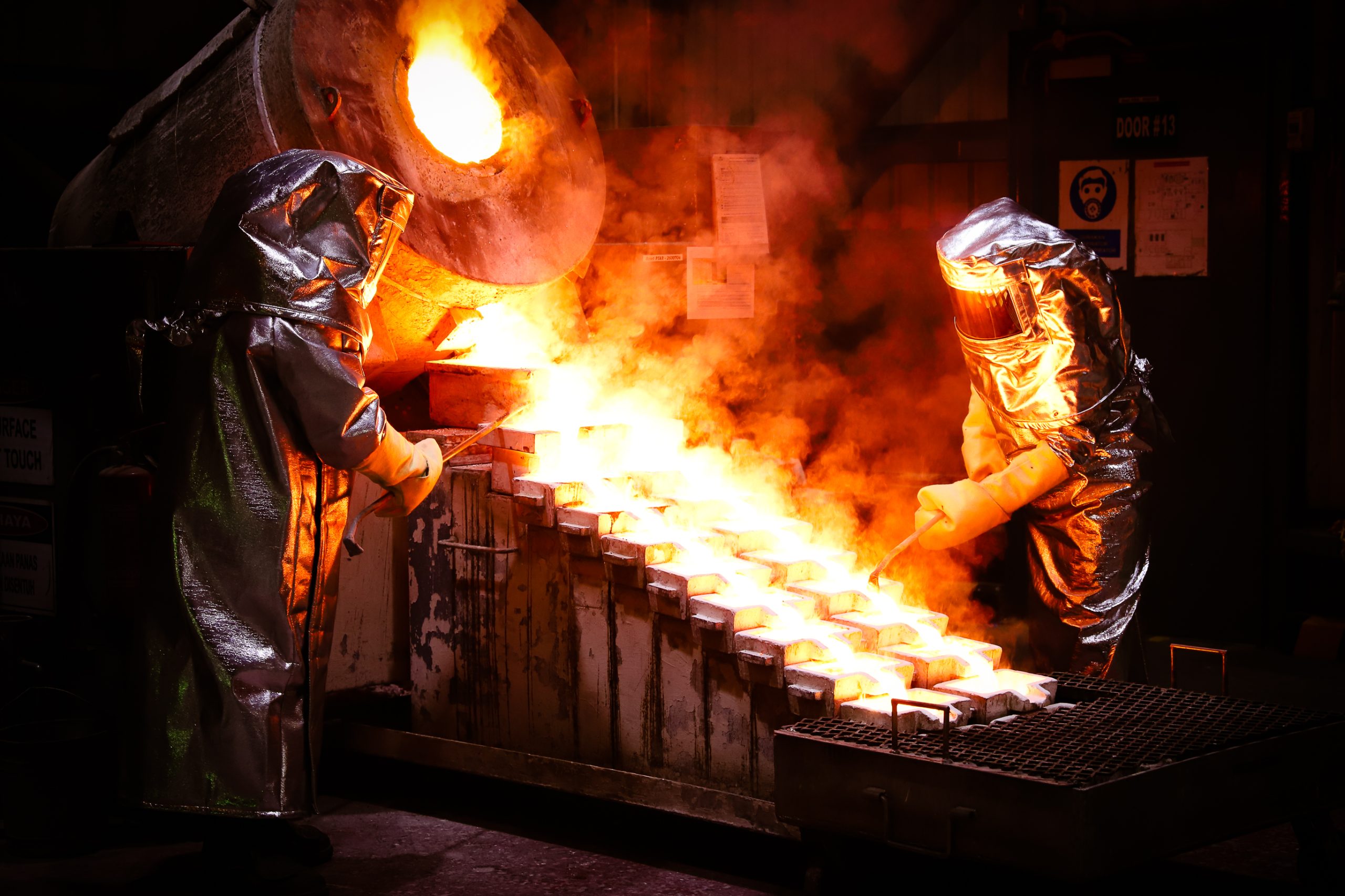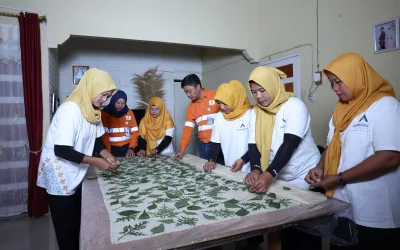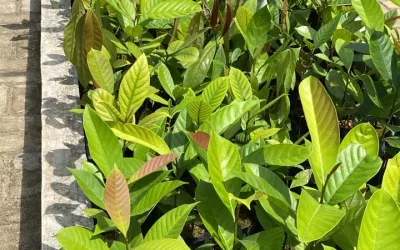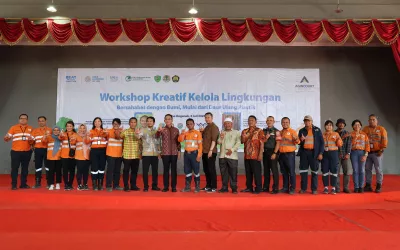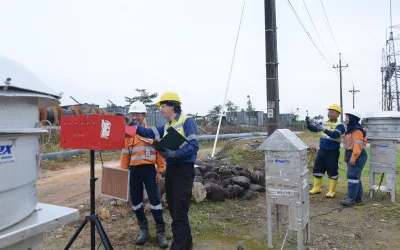In 2019, the Indonesia Government issued Presidential Regulation No. 21 of 2019 concerning the National Action Plan for Mercury Reduction and Elimination (RAN PPM). The use of mercury in various industrial sectors has the potential to endanger many parties because it has an impact of pollution and environmental damage and threatens human health, both directly and indirectly, such as tremors, motor disorders, nervous disorders, kidney disease, lungs and skin irritation..
The industrial sector that acts as the largest contributor to mercury emissions discharged into the environment is Artisanal and Small Scale Mining Enterprise (ASME). The estimated amount of mercury used at one mine site even reaches 6.2 kg to 85.63 kg per year. In other words, if added up, the mercury use can reach 192.53 tons per year.
In 2019-2020, the government has succeeded in eliminating the use of 10.45 tons of mercury. However, this is still far from the RAN PPM target, which is to reduce mercury by 100 per cent in the ASME sector by 2025.
The technological aspect is one of the key factors to address the mercury problem in the ASME sector. Here are a number of technologies that can be applied to eliminate the use of mercury in gold processing.
A. Technology for primary gold deposit types
- Cyanidation Leaching Technology
In the cyanide process, the gold ore is broken down and then crushed until it passes through a 200-mesh sieve using a ball mill. After being homogeneous, the cyanidation process was carried out by adding air and stirring in the tank for 48 hours while adjusting the pH conditions between 10.5–11 using lime. Then, the adsorption process was carried out by adding activated carbon. Gold absorbed into the carbon will go through the combustion process. The ashes are added with borax and then melted at a temperature of 1000–1200℃.
- Thiourea Leaching Technology
Thiourea is used as an alternative to cyanide, especially in primary, and low sulfide rocks. Thiourea is relatively non-toxic and environmentally safe. The Thiourea reactor works by circulating the sludge using a thiourea solution added with H2SO4 and FeSO4 solutions. Then the filtrate was separated by an adsorption process using activated carbon resin. After that, the combustion process takes place and then molten at 1,000–1,200°C and borax reagent is added.
- Thiosulfate Leaching Technology
Two types of thiosulfate salts are easy to find on the market, namely sodium thiosulfate and ammonium thiosulfate. Each of these compounds is capable of dissolving gold and silver, but with different dissolving rates. The advantages of using thiosulfate as a gold leaching reagent are the level of toxicity is very low, suitable for various types of ore (including complex ore and preg-robbing ore), provides a high recovery rate, and faster kinetics than a the cyanidation process.
- Flotation
Flotation is a physics-chemical concentration mechanism to separate valuable minerals from non-valuable ones, based on the surface properties of minerals, which is whether they like air or not. Substances that are hydrophilic will stay in the liquid phase while substances that are hydrophobic will be attached to air bubbles and are carried to the surface, thereby forming a froth which can be removed from the liquid. Flotation can be applied to gold ore with a very small gold particle size (µm) in which the dominant mineral is sulfide.
B.Technology for alluvial gold ore types
- Gravity concentration
Gravity concentration is a gold processing technique based on the difference in specific gravity between gold and its impurities. This separation process is generally carried out in liquid media. Gold, which has a high density, will be concentrated in the lower layer, while the impurities with a lighter density will be in the upper layer. Gold processing using this method usually does not use chemicals and is suitable for processing ores with a gold particle size of more than 100 µm. The technologies that are usually applied for gravity concentration are shaking tables, sluice boxes, and trays.

